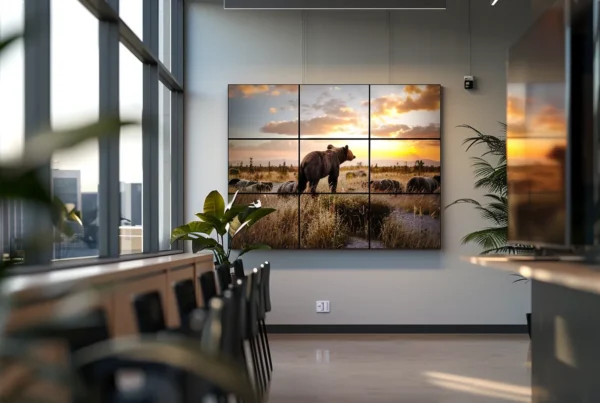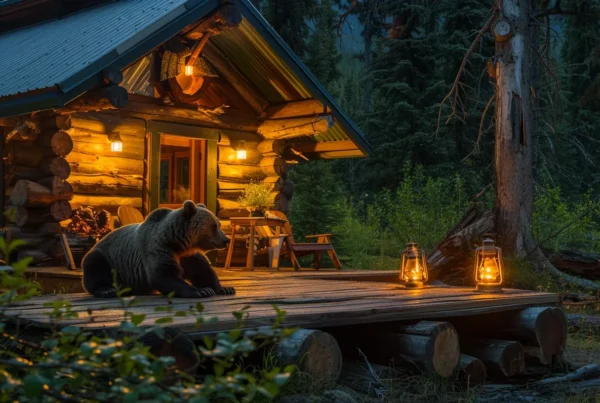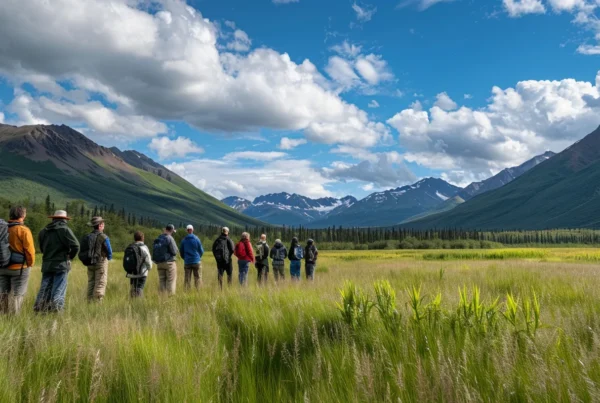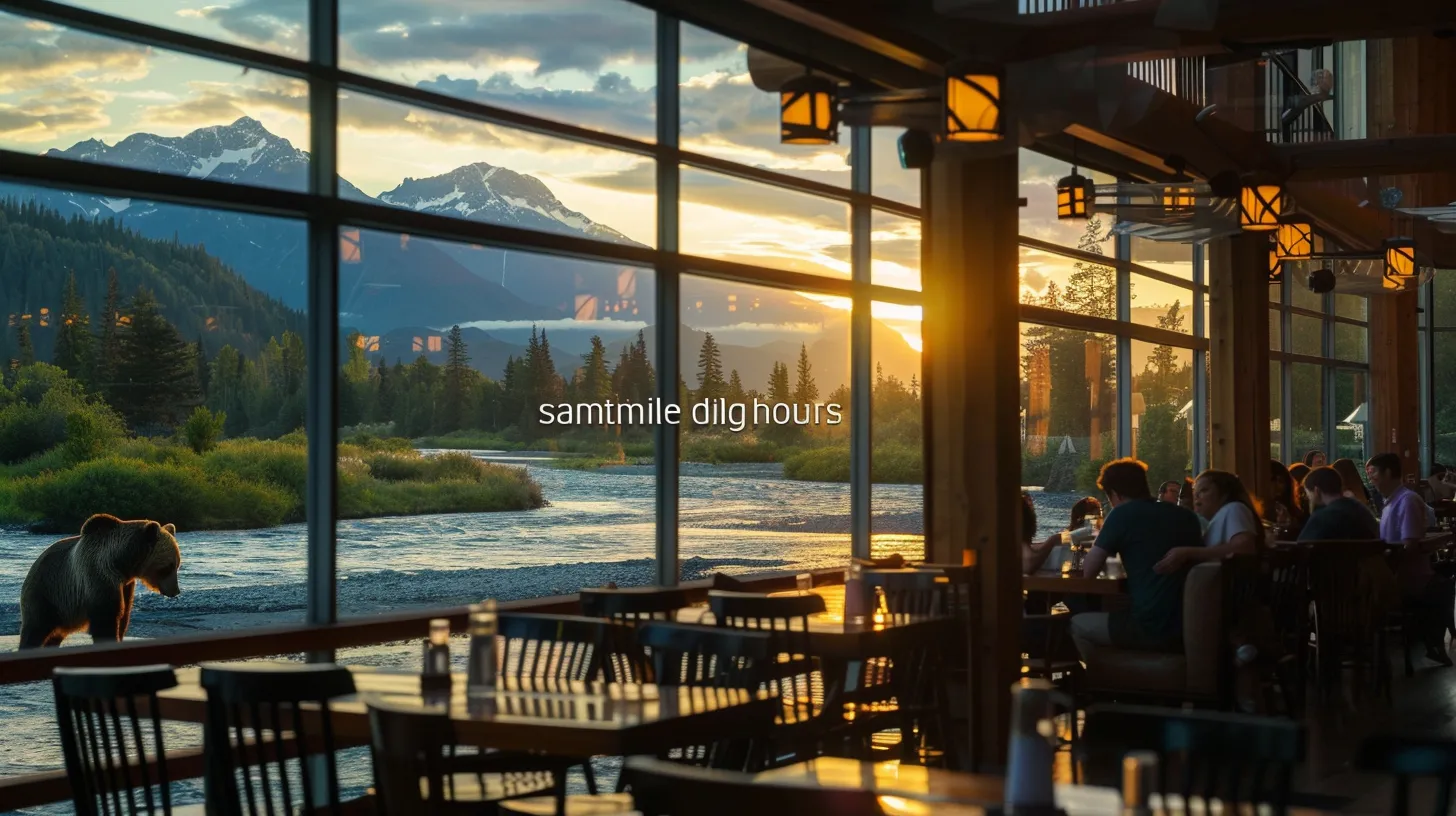
Optimal Months for Unforgettable Bear Watching in Alaska
Are you unsure which months offer the best opportunities for bear watching in Alaska? Many travelers overlook the optimal times to observe these magnificent animals in their natural habitat. This article will explore the seasonal patterns that dictate bear behavior, highlight key months for observing bears, and recommend ideal locations across Alaska. By understanding these factors, readers will be better equipped to plan an unforgettable bear watching adventure, overcoming the challenge of timing their trip for maximum wildlife encounters.
Key Takeaways
- Seasonal changes greatly influence bear activity and optimal viewing times in Alaska
- The best months for bear watching generally span from May to September
- Prime locations include Denali National Park, Katmai National Park, and the Kenai Peninsula
- Engaging in responsible wildlife observation practices is vital for preserving bear habitats
- Unique opportunities for observing other wildlife, such as humpback whales, enhance the experience
Understanding the Seasons for Bear Watching in Alaska
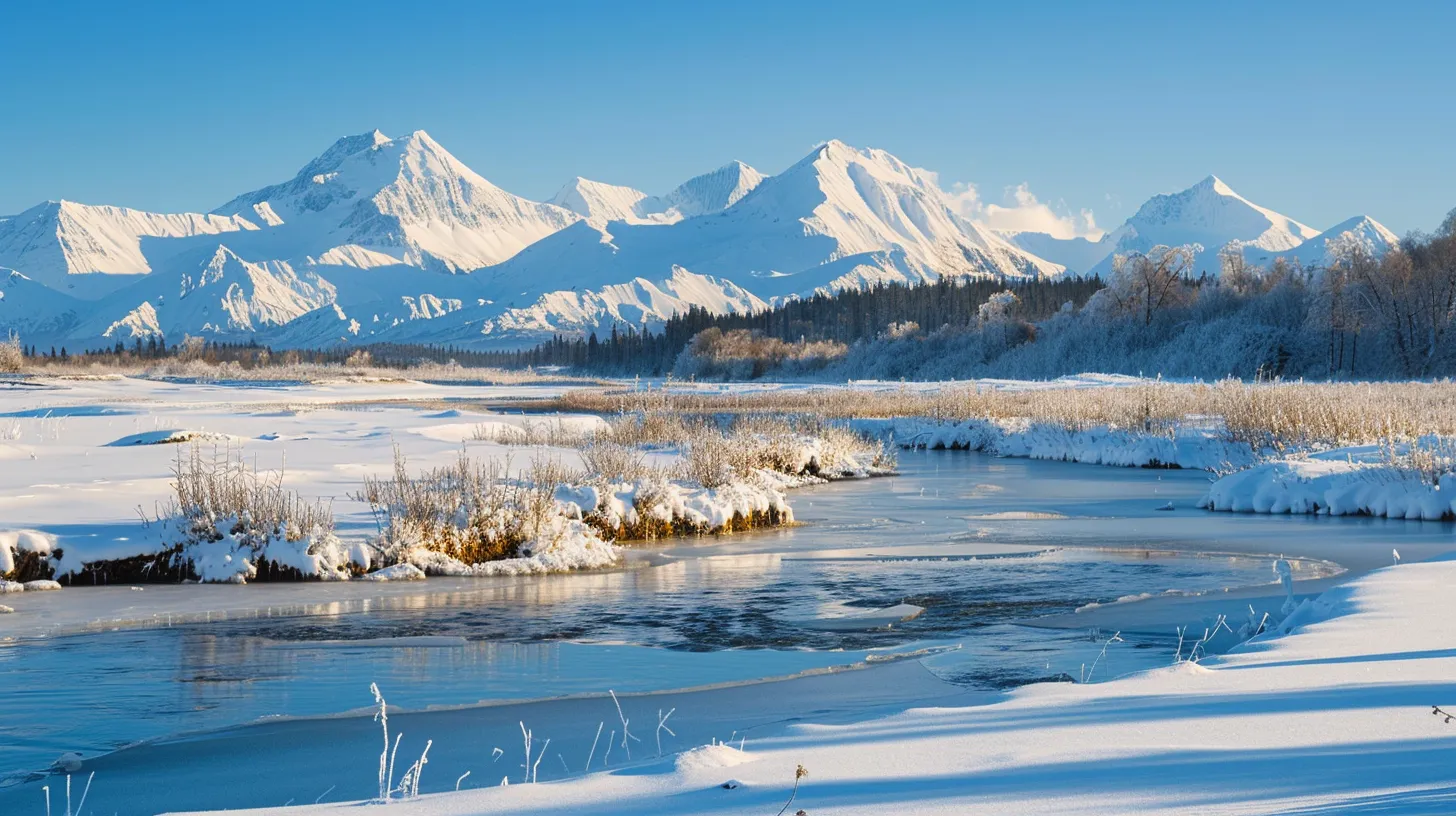
Bear activity in Alaska varies significantly with the seasons, influenced by factors such as food availability and weather patterns. This section will examine seasonal changes in bear behavior, highlighting the best times for **bear watching alaska** and observing these magnificent creatures in Denali and along scenic trails. Insights will also touch upon the unique opportunities for whale watching, including encounters with beluga whales during ferry rides, further enriching the bear watching experience.
What Factors Influence Bear Activity?
Bear activity in Alaska is primarily influenced by seasonal changes in food availability and environmental conditions, including the presence of sea ice. Different species of bears, such as black and brown bears, exhibit distinct behaviors that align with their habitat, particularly in regions like the Kenai Peninsula and Chugach National Forest. Understanding these factors is essential for wildlife enthusiasts aiming for sustainable and rewarding bear watching experiences, as observing these magnificent animals in their natural habitat entails knowing when they are most active and how to reduce human impact on their ecosystems.
Seasonal Changes in Bear Behavior
Seasonal changes significantly influence bear behavior, particularly in locations such as Katmai National Park and Preserve. During spring, brown bears emerge from hibernation, actively foraging for food as they seek to build their energy reserves. The summer months bring an influx of salmon to rivers, creating prime spawning opportunities that attract bears to the streams, offering breathtaking viewing experiences for wildlife enthusiasts.
With the seasons shifting, the bears emerge and the landscapes transform. The best times to witness their grandeur lie ahead, waiting for those ready to embark on the adventure.
Optimal Months for Bear Watching Adventures in Alaska
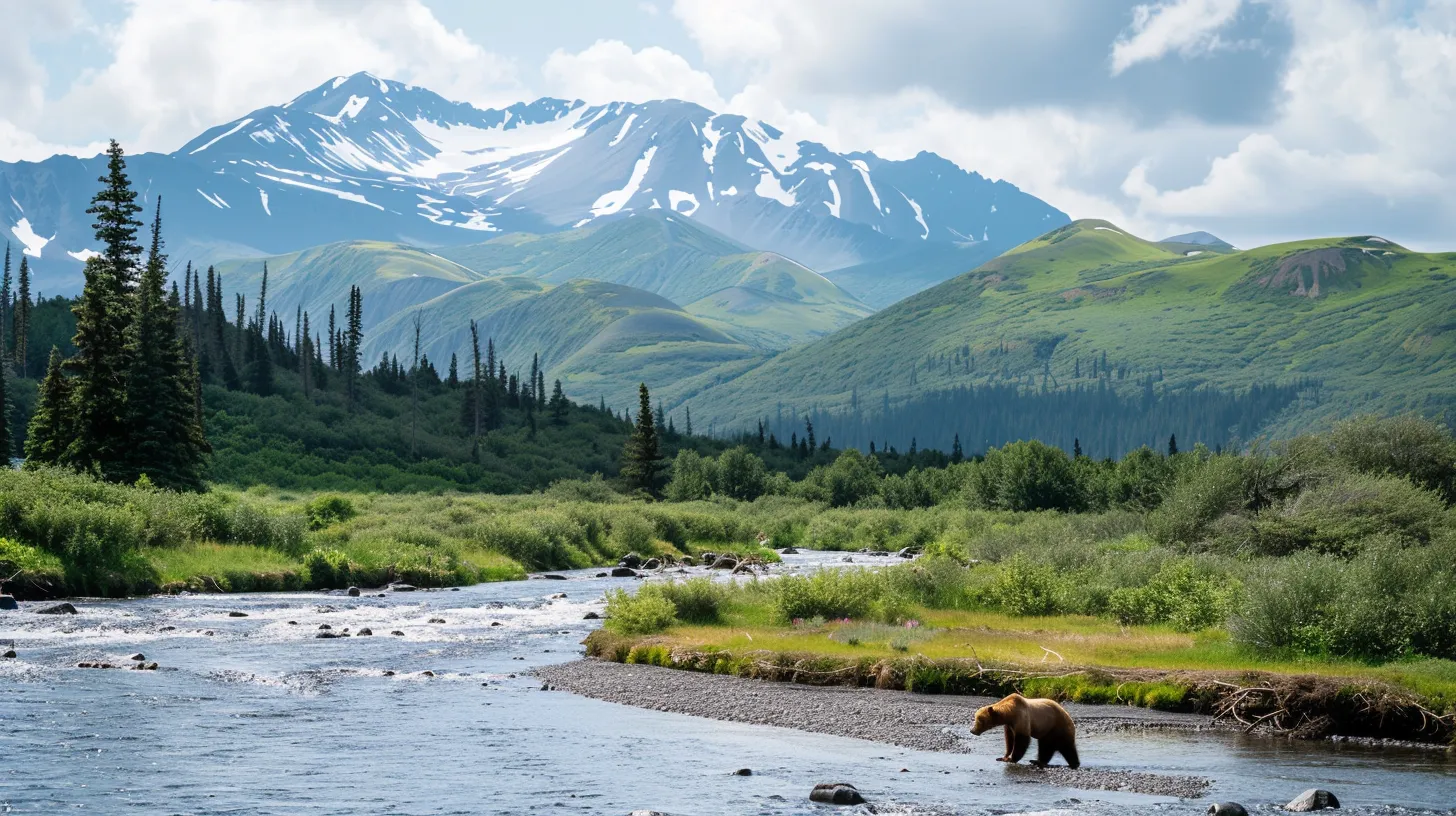
The best months for bear watching in Alaska vary due to seasonal fluctuations that greatly impact bear sightings. The arrival of sockeye salmon in rivers during summer months creates optimal viewing opportunities near lakes and streams. Understanding these timing nuances, particularly in regions like the taiga and along the Alaska Railroad route, enhances the bear watching experience, ensuring unforgettable encounters with these magnificent animals.
Overview of the Best Months to View Bears
The optimal months for observing bears in Alaska typically span from May to September, with unique opportunities in various stunning locations. For instance, Kachemak Bay State Park offers breathtaking views and chances to see brown bears foraging for food, while the Chugach Mountains are perfect for summer bear sightings as they emerge from hibernation. Moreover, Glacier Bay National Park and Preserve and the Icy Strait area provide unparalleled experiences for wildlife enthusiasts eager to observe bear activity in their natural habitats, especially during salmon runs when bears congregate near water sources.
Seasonal Fluctuations and Their Effects on Bear Sightings
Seasonal fluctuations play a crucial role in bear sightings in Alaska, significantly influencing when and where wildlife enthusiasts can observe these remarkable animals. During summer months, the arrival of salmon prompts bears, including the majestic nanuk, to frequent streams and rivers, providing optimal viewing points. Travelers can enhance their experience by incorporating activities like backpacking in areas such as the arctic tundra, where they may also encounter reindeer and other wildlife while on guided ship tours along the stunning coastlines.
Why Timing Matters for an Unforgettable Experience
Timing is crucial for a remarkable bear watching experience in Alaska, as the behavior of these majestic creatures aligns closely with seasonal patterns. For instance, visiting locations such as the Tongass National Forest during the peak salmon runs in summer dramatically increases the likelihood of observing bears actively feeding. Tourists can enhance their adventures by utilizing yachts for transport along the coast, providing access to remote backcountry areas where bears are more prevalent and offer stunning wildlife encounters.
The months ahead hold a promise of adventure, where bears roam in search of food and companionship. In each month, the land offers unique spots where one can witness these magnificent creatures in their natural habitat.
The Best Locations for Bear Watching in Each Month
Top destinations for spring bear watching include Denali National Park, where the season begins with bears emerging from hibernation. Summer hotspots like Katmai National Park create exceptional viewing during the salmon run, as bears gather around rivers. In the fall, the Kenai Fjords National Park provides peak activity for bears preparing for winter, offering possibilities for wildlife enthusiasts to observe these magnificent creatures alongside Whales in their natural habitats.
Top Destinations for Spring Bear Watching
Spring bear watching in Alaska is best experienced in locations like Icy Strait Point, where wildlife enthusiasts can spot bears as they emerge from hibernation and begin foraging for food. Taking a jetboat trip through the Inside Passage enhances the viewing experience, offering opportunities to observe the vibrant ecosystem that includes playful porpoises and stunning coastal landscapes. The pristine environment provides not only a chance to see bears but also other wildlife that thrives in this unique habitat, creating a memorable adventure for outdoor enthusiasts.
Summer Bear Viewing Hotspots
Summer bear viewing hotspots in Alaska are renowned for offering exceptional encounters with bears, particularly at locations like Brooks Falls. This iconic site attracts both black and brown bears during the salmon runs, where they can be observed catching fish with remarkable agility. Additionally, adventurers can enhance their experience by opting for rafting excursions, providing a unique perspective of these majestic animals in their natural habitat, often alongside moose grazing nearby as well.
Fall Locations for Peak Bear Activity
During the fall months, areas like Kenai Fjords National Park and Kachemak Bay provide excellent viewing opportunities for observing grizzly bear behavior as they prepare for winter. The natural environment of these coastal regions attracts bears in search of abundant food sources, particularly salmon and berries, that help them build fat reserves. Wildlife enthusiasts can witness this crucial phase in a bear’s life cycle, ensuring an engaging experience filled with memorable encounters.
As each month unfolds, bears fill the landscapes with their presence, offering unique experiences for watchers. Learn what to expect as these majestic creatures move through the seasons, revealing nature’s rhythm in every moment.
What to Expect in Each Month During Bear Watching Season
From March to May, bears emerge from hibernation, re-entering the wilderness and beginning their search for food. The months of June to August mark the active feeding season, where bears capitalize on abundant resources, including salmon migrations. Finally, from September to November, they prepare for winter, foraging extensively to build fat reserves while opportunities to spot humpback whales enhance the vacation experience amidst Alaska’s majestic glaciers. Each phase offers unique insights into bear behavior and environmental interactions.
March to May: Emerging From Hibernation
From March to May, bears emerge from hibernation and begin their search for food in Alaska’s breathtaking tundra. This transition period is vital as bears actively hunt for nutrient-rich food to replenish their energy reserves after months of dormancy. Wildlife enthusiasts can also experience the thrill of spotting a bald eagle soaring overhead, adding to the vibrant atmosphere reminiscent of the Serengeti. Observing the bears during this time provides a unique glimpse into their hunting behavior and strategies as they adapt to their renewed activity levels.
June to August: Active Feeding Season
From June to August, visitors to Alaska experience the active feeding season, where bears thrive on the abundant salmon runs in rivers and streams. Locations such as Glacier Bay National Park and Kodiak Island become prime habitats for observing these majestic creatures as they catch fish. Travelers seeking unique adventures can pair bear watching with mushing excursions or polar bear tours, enhancing their exploration of Alaska’s stunning wilderness and wildlife.
- Bears capitalize on the salmon migrations in rivers and streams.
- Glacier Bay National Park and Kodiak Island offer exceptional viewing opportunities.
- Visitors can enhance their experience with mushing and polar bear tours.
September to November: Preparing for Winter
From September to November, bears in Alaska intensively prepare for winter by foraging extensively, increasing their fat reserves. This critical phase provides excellent opportunities for photography enthusiasts to capture the beauty of these magnificent creatures as they hunt along the Cook Inlet and Admiralty Island, where abundant food sources are available. Wildlife watchers may also observe polar bears in their natural habitat, making this period a unique experience for those eager to witness Alaska’s diverse wildlife in action:
- Bears search for food to build fat reserves.
- Photography opportunities abound as bears engage in natural behaviors.
- Locations like Cook Inlet and Admiralty Island become prime viewing spots.
- Encounters with polar bears enhance the wildlife experience.
The bears emerge, each month revealing their habits and rhythms. Now, it is time to turn that knowledge into a well-crafted adventure.
Planning Your Bear Watching Adventure
Observing bears in their natural habitat requires careful planning and preparation. Essential topics include best practices for wildlife observation, gear recommendations for different seasons, and guidance on booking guided tours for optimal viewing. Locations like Kachemak Bay, with its rich estuary landscape, provide ideal settings for these adventures, ensuring unforgettable experiences for wildlife enthusiasts.
Best Practices for Wildlife Observation
For effective bear watching in Alaska, it is essential to adhere to best practices that prioritize both safety and wildlife preservation. Observers should maintain a respectful distance from bears, especially near coastal areas or during hibernation seasons, to avoid disturbing their natural behaviors. When visiting locations like willows near the port, using binoculars for viewing can enhance the experience while minimizing intrusion, allowing wildlife enthusiasts to appreciate the remarkable sight of bears in their habitat without compromising their well-being.
Gear and Preparation Tips for Each Season
When planning a bear watching adventure in Alaska, selecting the right gear is vital for successful wildlife observation. Depending on the season, individuals may consider packing layers of clothing for unpredictable weather conditions, sturdy boots for trail hikes, and binoculars for near-sight observation at popular spots like Brooks Camp and Homer Spit. Utilizing a campervan can provide flexible accommodation and convenient access to various bear viewing locations, allowing for deeper exploration and enhanced experiences.
How to Book a Guided Tour for Optimal Viewing
To secure a guided tour for optimal bear viewing in Alaska, travelers should begin by researching reputable tour operators that specialize in wildlife experiences, particularly those that focus on Kodiak bears and Churchill polar bears. It’s important to check reviews and recommendations, as firsthand accounts from previous participants can provide invaluable insights into the quality of the experience and the knowledge of the guides. Additionally, booking well in advance is advisable, especially during peak months, to ensure availability and enhance chances of witnessing stunning wildlife, including the captivating activity of arctic foxes during excursions.
You have prepared for the thrill of observing bears. Now, hear from those who have walked the path before you and tasted the wild.
Testimonials and Experiences From Bear Watching
Memorable adventures from past visitors highlight the unforgettable experiences of bear watching in Alaska, showcasing the excitement of unique encounters. Insights from tour guides will provide valuable expectations for wildlife enthusiasts, while personal stories of remarkable bear interactions illustrate the captivating nature of these majestic animals. Each perspective enriches the understanding of optimal months for experiencing bear activity in this breathtaking environment.
Memorable Adventures From Past Visitors
Visitors to Alaska often recount thrilling bear watching experiences, highlighting the optimal months for observing these magnificent creatures. Many travelers describe witnessing large brown bears during the salmon runs, particularly in July, when bears gather along the rivers to catch fish with impressive agility. The stories emphasize the joy of seeing wildlife in their natural habitat, reinforcing the importance of planning trips around peak bear activity months for unforgettable encounters.
- A family observed bears fishing at Brooks Falls in July, capturing stunning photographs of the action.
- A couple shared their experience of spotting a mother bear with her cubs along the Kenai Peninsula in late spring.
- Individual travelers highlighted their delight in the variety of wildlife noticed while waiting for bears, including eagles and moose.
Insights From Tour Guides on What to Expect
Tour guides in Alaska emphasize the significance of timing for optimal bear watching. They often recommend planning visits during peak months, particularly from June to August, when salmon runs attract bears to rivers and streams. Guides provide insights on the best locations and strategies for viewing bears, ensuring travelers can appreciate these magnificent creatures while fostering a respectful distance.
Personal Stories of Unique Bear Encounters
Travelers often share remarkable encounters with bears that illustrate the thrill of wildlife observation in Alaska. One visitor recounted a breathtaking moment in July when they witnessed a massive brown bear skillfully catching salmon at Brooks Falls, an opportunity that provided stunning photographic moments and unforgettable memories. Such stories reinforce the notion that timing matters greatly for bear watching adventures, highlighting summer months as prime for witnessing these animals during their active feeding periods:
Conclusion
Understanding the optimal months for bear watching in Alaska is essential for a rewarding wildlife experience. Notably, timing significantly impacts bear sightings, particularly during the salmon runs from June to August. By planning visits around these peak periods, wildlife enthusiasts can witness bears in their natural habitats, enhancing their adventures. This knowledge not only ensures memorable encounters but also fosters respect for the delicate ecosystems these magnificent creatures inhabit.

